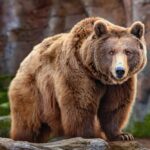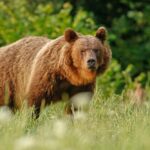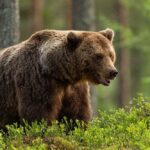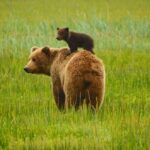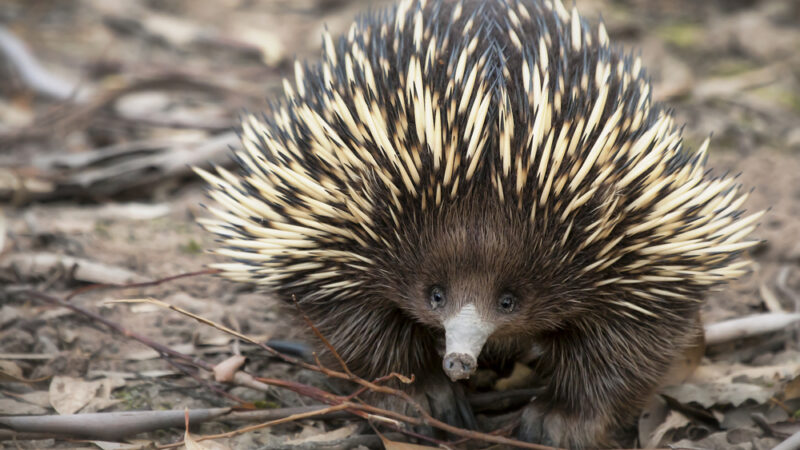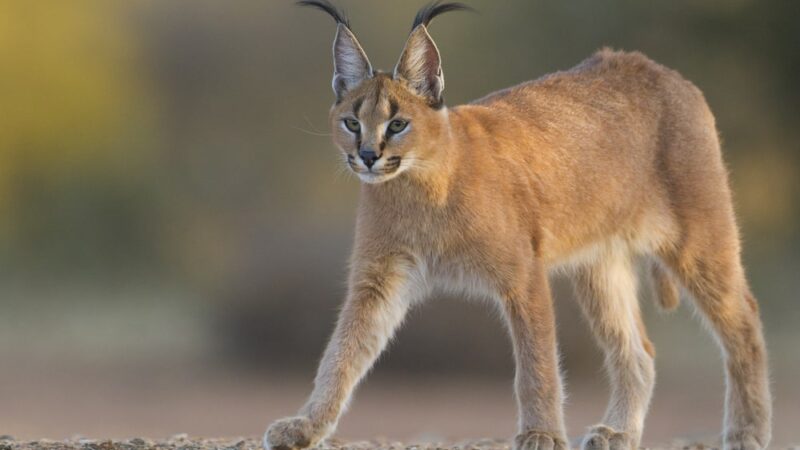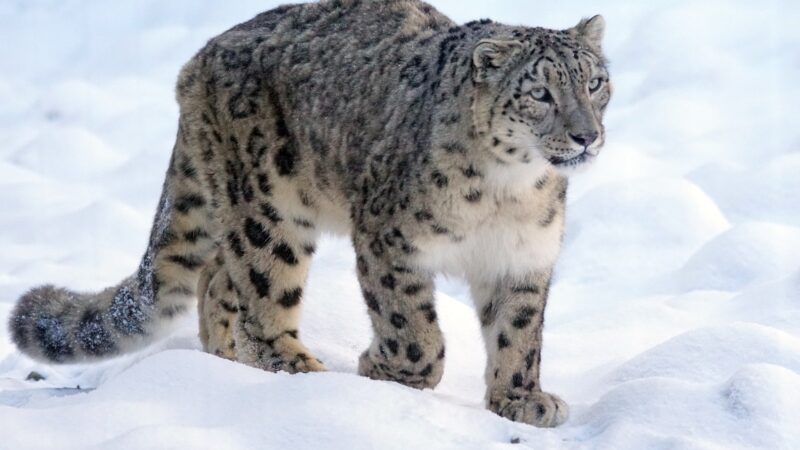Brown Bear
Shelter for Animal | Brown Bears | Brown bear, the most widely distributed bear in the world. They are found in some regions of North America, Europe, and Asia.
Brown bears habitat
Brown bears can be found in various habitats from the fridges of deserts to high mountain forests and ice fields. The animals usually choose areas with dense cover that can serve as shelter The modern habitats range of this animal is not as vast as it was before. Brown bears used to occupy bigger parts of Europe and Asia, the mountains of Morocco, northern Africa, and North America.
Today the global population of brown bears is estimated to be about 200,000.
Today brown bears are regarded as animals of least concern but there are many factors that threaten their future. The main threats include hunting habitat, destruction, and fragmentation, persecution, and human-bear conflicts particularly in areas where bears can interfere with livestock orchards or water supplies and human settlements.
Brown bear size
Brown bears are some of the largest land predators. On average these bears reach the weight of 800 pounds and over six feet in length but some subspecies are known to grow up to be even larger. There are documented cases where bears have been found to weigh 1,500 pounds.
It should be noted that sizes vary according to the location of the species but there is a regularity that applies to all populations. Adult males are up to ten percent larger than females. All brown bears have a hump between their shoulders that combined with huge paws and long front claws to make them very powerful diggers.
Brown bears species
The most well-known subspecies of brown bears include Grizzly bears, European Syrian, and Kodiak bears. The world’s largest brown bears are found in Coastal British Columbia Alaska and Kodiak Island the Kodiak archipelago where a genetically distinct Kodiak subspecies of brown bears occur currently 3,500 bears reside on the archipelago, that’s almost one bear per square mile
Brown bear cubs
Bear cubs emerge in this world during the winter hibernation young cubs have almost a year to become strong enough to survive the following year’s hibernation. Female brown bears give birth and nurse a litter of Cubs during hibernation. Although this process is quite tiresome, so over the winter females can lose close to 40% of their body weight at birth.
Blind toothless and almost hairless bear cubs weigh less than one pound and have a body length of about 10 inches. The single mother produces a litter of one to four offspring cubs that grow quickly from birth to maturity.
The weight of a brown bear increases by more than 1,000 times, when adult bears wake up from hibernation.
Bear cubs are already four months old and are strong enough to accompany their mother on food scavenging trips, where they learn important survival lessons. Cubs usually remain with their mother until the third or fourth year of their life and then they’re usually ready to face life on their own.
Brown bear lifespan
- The average lifespan of the brown bear is 20 to 30 years in the wild.
- They live 47 years in captivity
Color variations of bears
Despite their names, brown bear coloration is often not fully brown or not brown at all. There are several color variants that are inherent to these animals. They range from a pale fawn to near black and greatly depend on the animal’s region, where their ranges overlap the brown bear.
Speed and strength
Although bears are known for their incredible sizes and clumsy movements don’t let their appearance fool you.
When needed brown bears can sprint for short distances at speeds up to 30 miles per hour powerful.
Bear paws have large claws that allow them to dig up dens reach out for food climb trees or get over various obstacles. Young bear cubs often climb trees. Adult individuals, however, rarely use this ability. Brown bears are also good swimmers. They can even swim across long rivers and lakes. Bears are also known to swim for recreation especially during hot summer days.
Bear’s hibernation
Brown bears use their powerful paws to dig into a hillside to make it dan. The den can also be set up under a large stone or a fallen tree. Brown bears usually set up their dens for life. They use them every year when hibernation, the season arrives a bear will only consider setting up a new den if the old one was critically damaged.
In order to spend wintertime comfortably, the brown bear lines its den with dried moss leaves or grass hibernation allows the bear to stay alive for a long period of time. When there is little or no food available before hibernating brown bears have to accumulate significant fat reserves the hibernation period, depends on the bear’s place of habitat and lasts from 75 to 100 and 90 days in certain southern areas.
However, hibernation is very short or may not occur at all.
The intelligence of brown bears
Bears boast an excellent memory and incredible cognitive abilities. Each bear has a unique personality based upon its life experiences and genetic heredity. They’re an opportunistic omnivore lifestyle that enables them to show elaborate and complex problem-solving behaviors, for example, these animals are known for their novel methods of obtaining food and distinct fishing techniques.
They’ll always remember the best place for finding berries or mushrooms and know when their favorite snacks ripen experienced hunters claim that bears have learned how to outsmart many of their traps. Bears would roll rocks into the bear traps in order to extract the hidden treat with no harm also if the animal feels like it’s being followed, it will try to confuse hunters by masking its trail or choosing alternative routes to its den.
Brown bear’s diet
Adult brown bears are powerful, top of food chain predators but despite their immense body size most of the brown bear’s diet is made up of nuts, acorns, berries fruit, leaves, and roots. Brown bears usually forage in the morning and evening and rest under dense vegetation, during the day to avoid, the afternoon heat when looking for food.
Brown bears navigate through their habitats by using the most powerful of their senses hearing and smell. Sometimes bears may travel hundreds of miles to locate food. When the food is located bears use their paws and claws to extract and consume the food. For the bears, the most difficult part of the year is early spring when its main sources of food are hard to locate but brown bears are omnivorous in such situations.
They will go after rodents, slugs, frogs, fish, and other small animals. The largest bears are also known to attack young moose, elk, deer, and sheep. During the warm summer period where the feeding options are abundant bears try to accumulate as many reserves as possible in order to live through. In the cold winter, they may chow down on as much as 90 pounds of food daily.
Bears communication
Bears are careful and elusive in nature. The presence of a bear nearby can usually, be told by the deep trails of paw tracks. Brown bears will always try to avoid contact with humans but since human settlements seem to be moving further into bear territory such contacts are becoming more common.
Bears can be dangerous to humans particularly if surprised or if a person gets between a mother bear and her cub. Bears are solitary animals except for females and their cubs.
Reference: Wikipedia, Britannica
